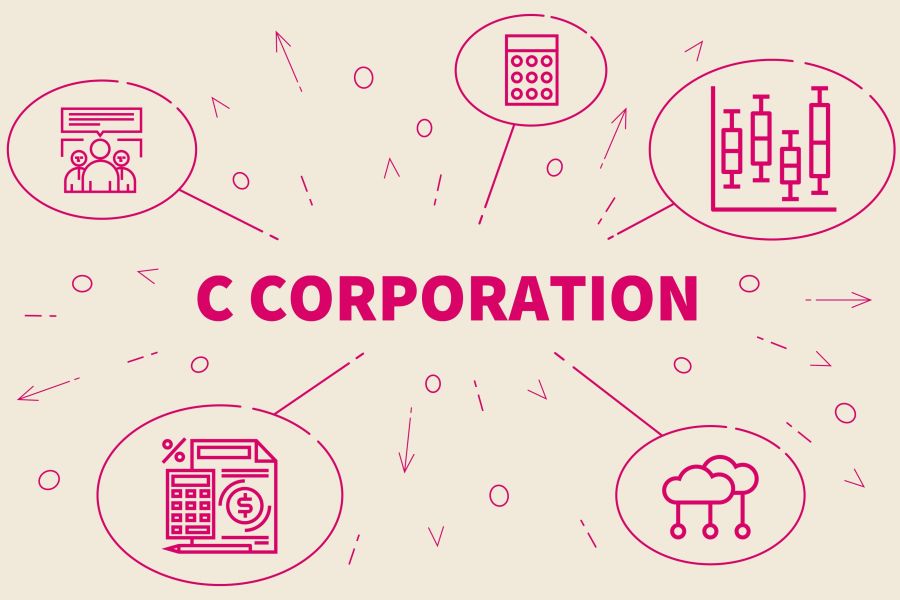When deciding on the best structure for your business, one option to consider is a C corporation. This entity offers several advantages and disadvantages that may significantly affect your business operations and financial health. Here’s a detailed look at the pros and cons of operating as a C corporation. Tax implications A C corporation allows the business to be treated and taxed separately from you as the principal owner. The corporate tax rate is currently 21%, which is lower than the highest non-corporate tax rate of 37%. One of the primary disadvantages of a C corporation is double taxation. The corporation’s profits are taxed at the corporate level and then any dividends distributed to shareholders are taxed again at the individual level. This can result in a higher overall tax...




